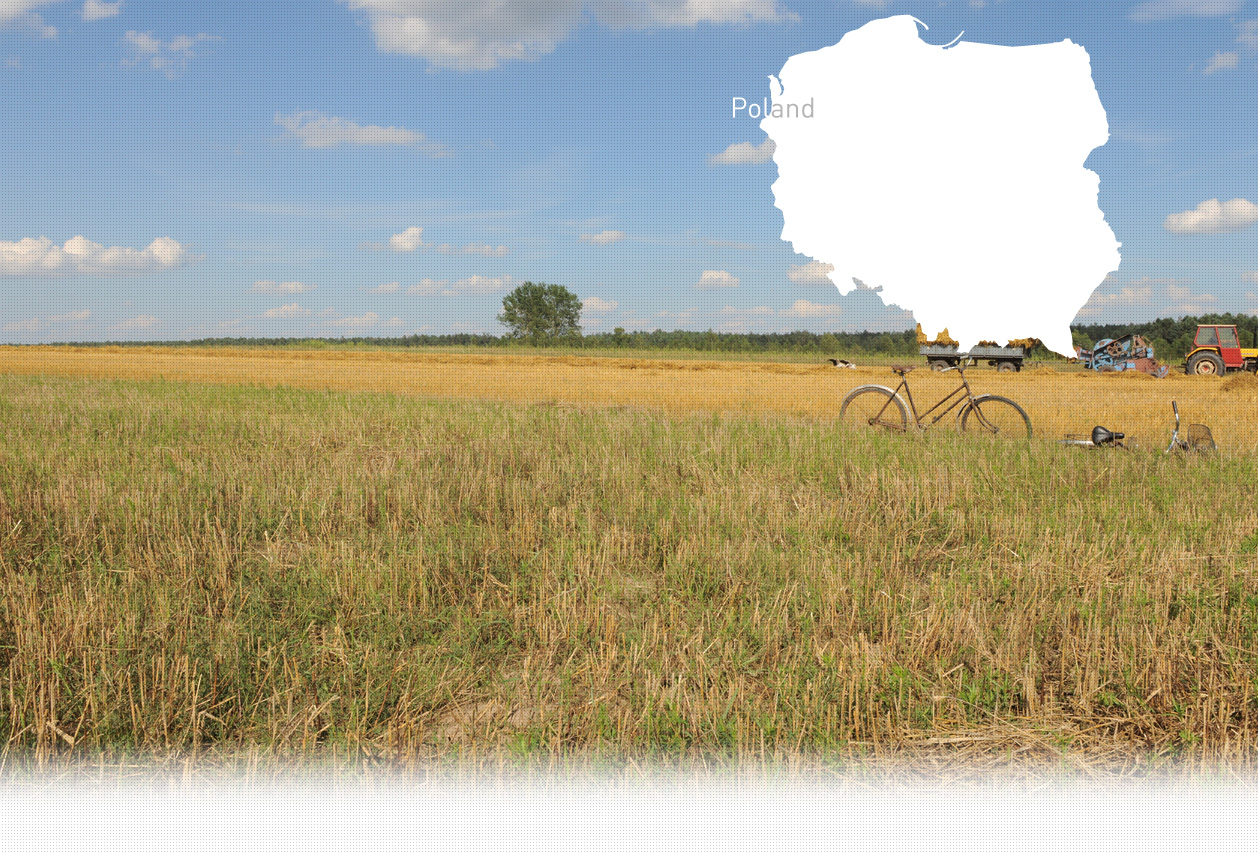

3 Killing site(s)
Julian, born 1926: “They requisitioned around 30 people. When Germans, Gelb decided something, you didn’t really object to it. When they requisitioned someone, you had to go, no questions asked. And so they told us to take shovels and pickaxes and to gather by the town hall. They took us from there. We all went there and they told us to dig. What for and why? We didn’t know. We had no clue. (…) We were not at all prepared that we dig graves, that we dig their graves. We dug two pits, one next to the other, along the stream. One pit was around 2 meters wide, and 6-8 meters long. And it was quite deep, 2 meters deep. We finished at dawn just before when Jews had to gather.”(Witness n°799, interviewed in Mszana Dolna on 22 March 2018)
“Question: Mr. Hamann, can you tell us exactly how many Jewish shootings you conducted in Mszana-Dolna? The dates of the individual actions are of particular interest.
Answer: I can tell you exactly. In total, there were two shootings. One took place on the occasion of the "great relocation", which took place on August 19, 1942. Approximately 800-900 Jews, that is, the entire Jewish population of Mszana-Dolna, were killed. The Jews were gathered in a square in Olszyny, on the outskirts of Mszana-Dolna; then they were taken in groups to the execution site about 150 meters above. These groups were taken by gendarmes under the direction of Captain Mittelmeyer. Polish police officers from the Mszana-Dolna station were assigned only to set up a security cordon at the gathering point.” [Investigation file "Wilhem Ruby”, statement of Heinrich H. given in Münster Prison, on December 6, 1972; BArch162-20499, pp. 118-119]
“Questionnaire about the mass executions and mass graves.
“ 1. Date and place of execution: 19 August 1942
2. Kind of execution/ shooting, hanging, other: shooting
3. Data concerning executed victims: Poles, Jews, foreigner: Mass execution by the Gestapo of the Jewish population of Mszana Dolna and surrounding villages, also some Jews displaced from Krakow Number of executed people: around 900 Where do the victims come from: Local and immigrant (displaced) Jewish population
4. Do we know what the victims were accused of? Or was the execution an order of retaliation? Or other? No prosecution and no retaliation order. It was all about the destruction of the Jewish race.
5. Who conducted the execution? Were they police officers, Gestapo, SS or Wehrmacht? Gestapo from Nowy Sącz with the participation of the gendarmerie
6. Are the perpetrators’ names known? Give the names: Gestapo commissioner from Nowy Sącz Hamann with his men. The mass shootings of Jews were personally carried out by an SS man named "Labicki," a chauffeur to Commissioner Hamann, probably from Berlin. Also active was volksdeutch Górka Jan, who was on Gestapo duty in Nowy Sącz." [Deposition by Jan K., age 44 on 1 October 1945. Court inquiries about executions and mass graves in districts, provinces, camps, and ghettos—ankieta sądów grodzkich. RG-15.019 Reel#3 Part% page 308-315]
Mszana Dolna is a town in Lesser Poland Voivodeship, located around 50 km south of Kraków. The first mentions of the Jewish community living in the town dates back to the 18th century. The first Jewish families were mainly engaged in trade and lease of inns. From 1870 the Jewish community was well established in Mszana Dolna, with its own synagogue, mykveh and cemetery. The community grew in number in the interwar period of the 20th century to reach around 30 percent of total inhabitants before the outbreak of WWII. Mszana Jews were mainly traders and craftsmen, some families were also engaged in medical and law professions. The community was diverse and played an important part in the development of the town. The cultural and political Jewish life also flourished in the town with several youth organizations operating, including Zionist and Bund. On the eve of WWII, around 800 Jews lived in Mszana Dolna, constituting one-third of the town population.
With the outbreak of WWII in September 1939, the town of Mszana Dolna fell under the administration of the General Government. From the very beginning of the German occupation, the Jewish community of Mszana Dolna suffered persecutions: their properties were ceased, they could no longer work but had to perform forced labor, and everyone above the age of 12 had to wear an identifier in the form of a blue Star of David on a white armband. From January 1940 Jews from Mszana Dolna, as well as Jewish families displaced from the vicinity, were confined in an unfenced ghetto where they lived in harsh conditions suffering hunger and disease. Those who died in that period were buried at the Jewish cemetery first in individual graves, and later, when the number of victims grew larger, in a mass grave. On 1 May 1942 a group of 20 young Jews, accused of sabotage, were murdered at Aderówka, on the territory of a sawmill warehouse. The ghetto was liquidated on 19 August 1942 during Aktion Reinhardt. That day all Jews had to gather early in the morning with luggage at a gathering square where they were counted and their identity was checked by the Germans present at the site. First, around 120 young Jews were selected and immediately transported for forced labor. All the other Jews, nearly 900 men, women and children, were shot in groups at the so-called „Pańskie” and buried in two mass graves. The victims had to stand on a plank put over a pit and were shot with individual shots. The shotting was perpetrated by Gestapo men from Nowy Sącz accompanied by German and local police.
Do you have additional information regarding a village that you would like to share with Yahad ?
Please contact us at contact@yahadinunum.org
or by calling Yahad – In Unum at +33 (0) 1 53 20 13 17